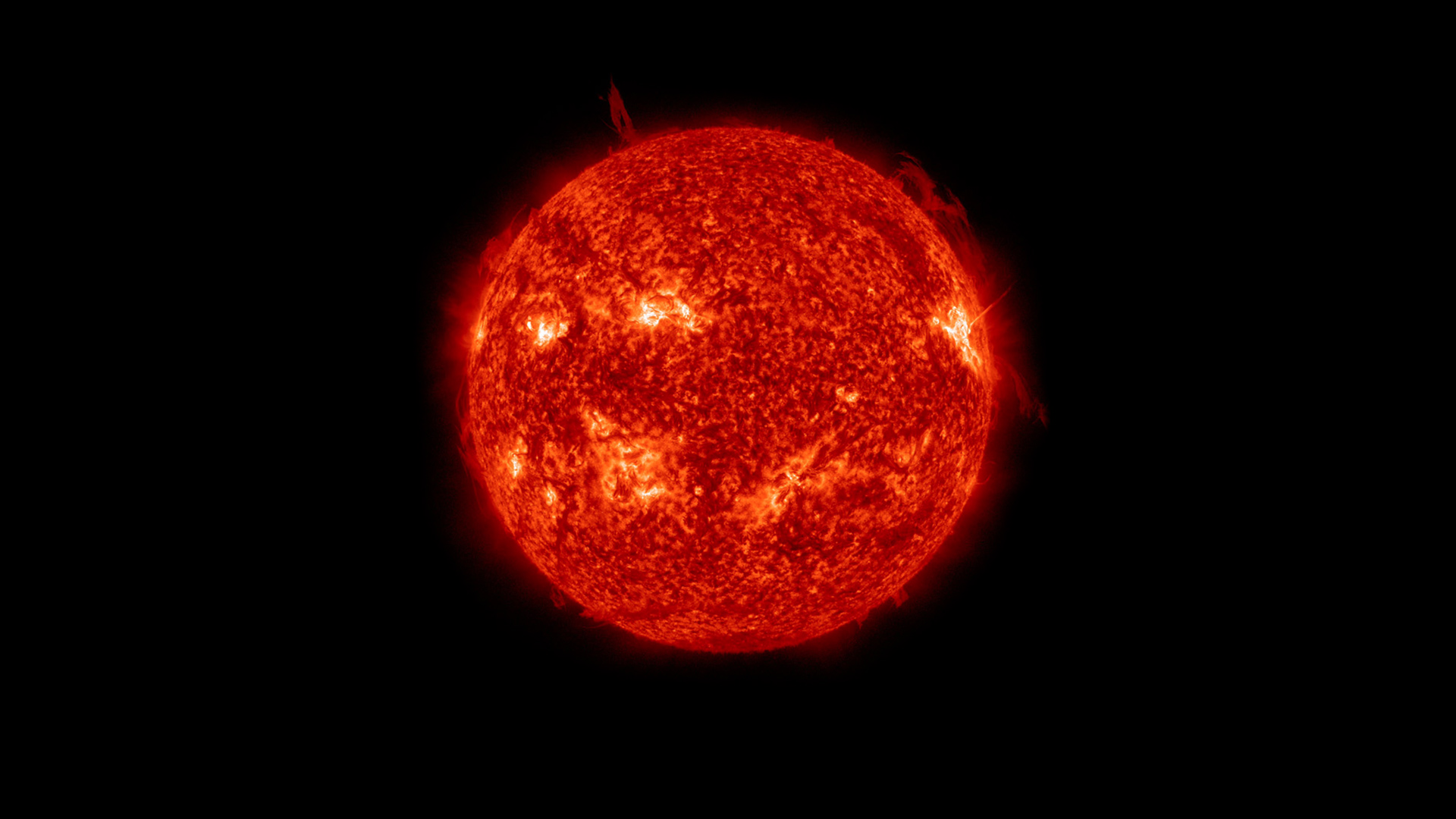
The Sun is a variable star, and Earth is a sun-powered planet. The Climate and Radiation Lab (CRL) plays a critical role in developing and operating NASA’s solar radiation missions, which provide fundamental solar irradiance measurements for Sun-Climate research. Satellite observations have revolutionized our view of the Sun, providing the most accurate measurements to study both active and quiet Sun. It remains a challenging question whether the quiet Sun is a time-invariant base level or there exists a secular change in the Sun’s radiative output. Continuing the legacy of the NASA’s Solar Radiation and Climate Experiment (SORCE), the Total and Spectral Solar Irradiance Sensor -1 (TSIS-1) carries the state-of-the-art instruments with the most accurate total and spectral solar irradiance measurements and has been taking solar observations from the International Space Station since 2018. NASA is planning to launch TSIS-2 in 2024 on a free flyer to continue these solar irradiance measurements.
NASA’s observation of solar radiation
While the variable features of the Sun have been observed since ancient times, consistent observation of the solar radiation started in 1978 with satellite measurements. The total and spectral solar irradiance have been observed from space with unprecedented accuracy and stability for the last four solar cycles. These observations have provided new insights in solar variability and its influence on the terrestrial atmosphere.
The total solar irradiance (TSI), or the so-called solar constant, is the integrated solar energy arriving at Earth. But it is not a constant. It changes by ~0.1% in an 11-year solar cycle. Prior to the measurements obtained by the SORCE, the TSIvalue was estimated at 1366 Wm-2. One of the major SORCE contributions was to establish a more accurate value at 1361 Wm-2, which leads to 340 W m-2 for the globally averaged solar input to Earth. The current TSI value from the TSIS-1 is 1361.6 ± 0.3 Wm-2 for the 2019 solar minimum.
The 96% of spectral solar irradiance (SSI), over ultraviolet, visible, and near-infrared, have been measured by SORCEsince 2003. Significant progresses have been made in developing the reference spectrum and understanding spectral variability. It remains a great challenge to quantify solar spectral variability at each wavelength over the 11-year cycle, because it requires good instrument stability and reliable degradation correction methods. The TSIS-1 SSI measurements, which use a 3-channel degradation correction technique, can achieve an accuracy of 0.2% at wavelengths greater than 400 nm. The TSIS-1 SSI measurement is closely watching the phase and the magnitude of solar spectral variability at each wavelength, as the solar activities begin to increase in solar cycle 25.
Sun-Climate connection
The Solar-Terrestrial coupling an interdisciplinary research field involving atmospheric physics and chemistry, climate, and heliophysics. In particular, the solar insolation is an ultimate energy source for Earth’s climate system. Solar radiation drives daily weather and climate by forcing oceanic and atmospheric circulations and hydrologic cycle including clouds and precipitation. One of the most intriguing Solar-Terrestrial sciences is to understand effects of the solar variability on Earth’s climate. The Maunder minimum appears to be associated with unusually cold European winters when no sunspots were reported for several decades. The sunspot number is one of the major proxy data to infer the solar radiation in the past climate.
Unlike the proxy data, total and spectral solar irradiance measurements are in fact the amount of light energy from the Sun, and they have been monitored from space continuously for more than four decades. The high-quality solar irradiance data from the space era provide the key record to study the Sun-Climate connection and its underlying coupling processes. Because of these accurate TSI measurements, it is found that the recent warming on Earth’s surfaces was NOT caused by the solar variability. Yet, it is still puzzling how long-term variabilities of the solar forcing are coupled to the Earth’s climate system (i.e., bottom-up vs top-down coupling processes) and what is the relative importance between natural and anthropogenic variabilities.
In addition to its role in Earth’s radiation budget, solar radiation has a direct effect to human health. Excessive exposure to the solar ultraviolet (UV) radiation may increase the risk of various skin cancers. The atmospheric ozone layer shields us from excessive exposure to the harmful UV from the Sun. While UNEP sets a high priority to monitor the atmospheric total ozone worldwide, the natural variability induced by solar 11-year cycles has a significant contribution to the ozone loss and recover processes. Our research activities have been focused on understanding spectral variability over the solar cycles, the dominant processes and pathways of the UV forcing in the middle and upper atmosphere, and the tracer responses of the atmospheric dynamics and chemistry. Both satellite observations and Earth system model simulations are utilized to better characterize the underlying thermal, dynamical, and chemical mechanisms of the Solar-Terrestrial links.
At shorter wavelengths, the effect of X-rays from the solar corona give rise to effects on Earth’s upper atmosphere by modulating highly variable atmospheric species such as nitric oxide radicals (NOx), which produces direct and indirect effects on ozone loss. In addition, the solar forcing in the E/D-region of ionosphere can modulate the atmosphere-ionosphere electrical coupling through the framework of global electric circuit (GEC), which is correlated well with global thunderstorm activities. The solar X-rays also play an important role on space weather in the ionosphere.

